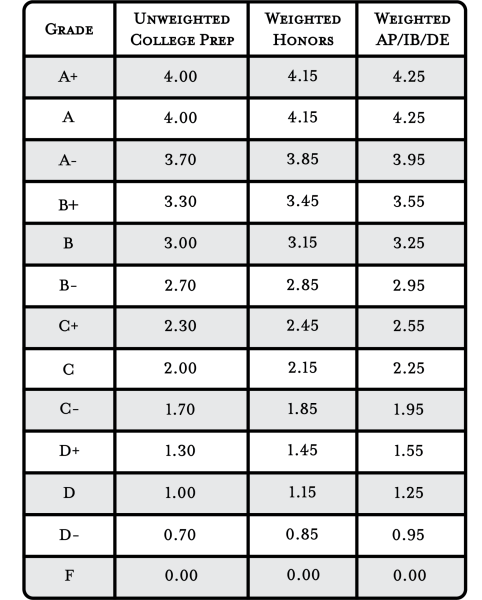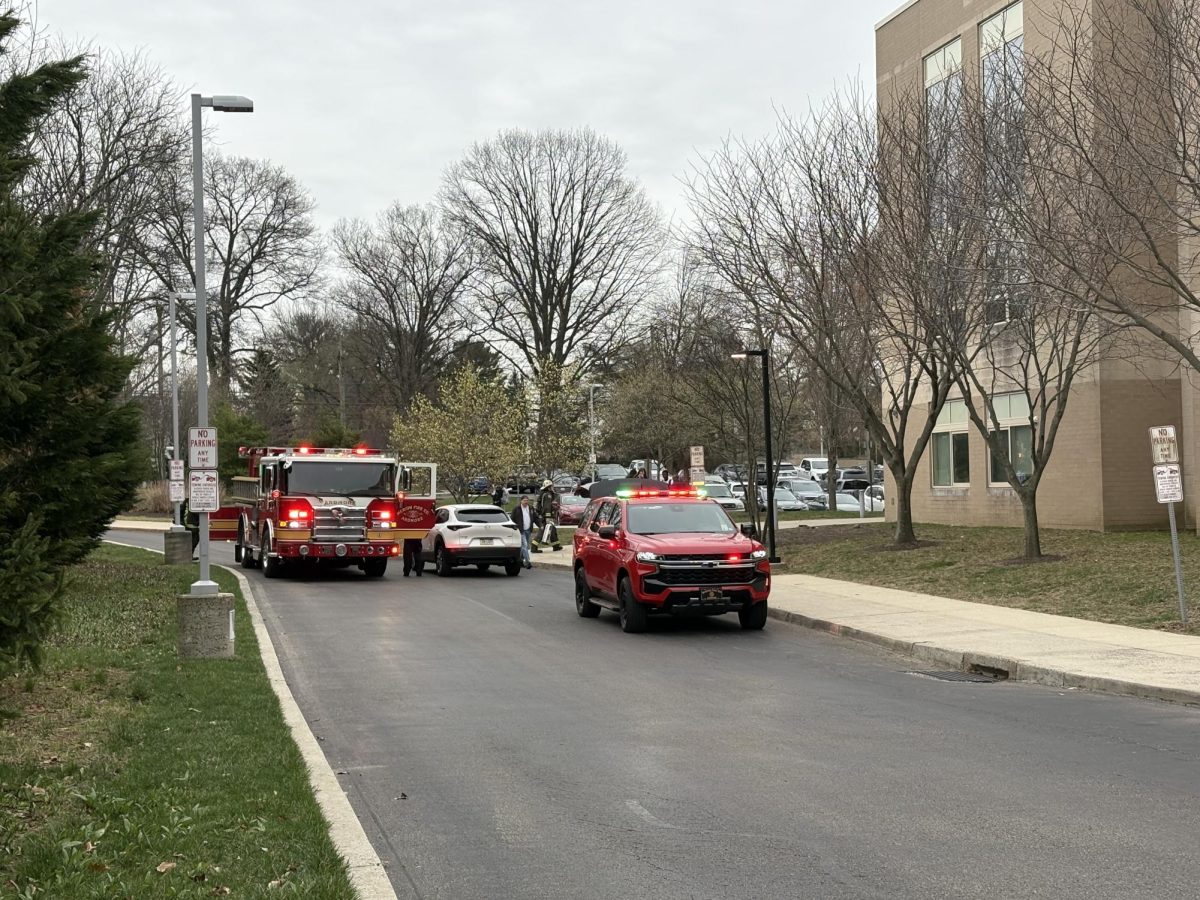On January 5, the parents and guardians of LMSD received an email about the sweeping changes coming to the calculation of high school students’ grade point averages (GPA’s). The discussion on changing grading and reporting at the high school level began as a part of the Redefining Success pathway in the administration’s strategic plan, All Forward.
Most of the courses in the LMSD Program Planning Guide are offered at more than one level. The district has five different course designations: College Preparatory (CP), Honors (H), Advanced Placement (AP), International Baccalaureate (IB), and Dual Enrollment (DE). Furthermore, students’ GPA’s are calculated at the end of each school year. The current system only uses the five major academic areas to calculate a student’s GPA: english, mathematics, science, social studies, and world languages. Courses on the AP, IB, H, and DE level are calculated on a 5.0 scale, and CP courses are calculated on a 4.0 scale.
However, with the new system, according to the email sent out to the district, all courses on transcript will be included in the GPA. Honors will be calculated on a weighted 4.15 scale, and AP, IB, and DE courses will be calculated on a weighted 4.25 scale. CP courses will be calculated on a 4.0 scale. The highest GPA students will be able to earn is a 4.25. The decision to change the system was finalized during this year’s January 18 Curriculum Committee meeting. It is important to highlight that current high school students’ GPA’s will continue to be determined on the 5.0 scale, with only the five major academic areas counted in its calculation. This change will go into effect for ninth graders beginning high school in September. Additionally, the credit requirement for high school will increase from 21 credits to 21.5 credits. The state mandates 21 credits, and the additional 0.5 credit will account for the senior project requirement.

These changes, in addition to other modifications to the grading system, have been in the making for about six years as part of the Redefining Success pathway. Another change–the elimination of the valedictorian and the salutatorian–was implemented last year. According to Dr. McGloin, Assistant Superintendent and Director of Secondary Education, they began reworking the system by “looking at comparative districts to Lower Merion.” Some of these districts included Radnor School District and Upper Merion School District, in addition to other Western PA districts that are often compared to LMSD. This research showed that in terms of their GPA systems, as McGloin explains, “LMSD was the outlier.”
With the current system, there is a sharp, whole point difference between the GPA of those taking CP classes and those taking H, AP, IB, and DE classes. Thus, the concern of maintaining equity surfaced at the forefront of the process to adjust the GPA system. Additionally, while H courses are weighted the same as AP, IB, and DE classes, department chairs, staff, and students’ feedback determined that workloads across levels were not the same. In fact, district administration even considered not adding weight to classes at all. They decided against this because of how colleges review applications’ academic records. Therefore, McGloin explained that they “wanted to be more thoughtful about weighting,” and “decided to reduce the disparity in the weighting between CP and H, AP, IB, and DE courses.”
A further adjustment being made is that all courses will affect a student’s GPA. This includes the five major academic classes, all electives, health, and physical education. McGloin explained that this “was not a difficult decision for administration.” They hope that students will choose more courses that they are passionate about, and courses that better suit their strengths. By doing this, students are encouraged to take classes that will help them determine what they want to do in the future. “If you want to pursue a specific career, you want to know that you enjoy it first,” McGloin highlighted.
Reasonably, some might worry that students could overload their schedules with AP courses in pursuit of a perfect 4.25 GPA. McGloin outlined that “this is already a problem at LMSD, and the students who want to challenge themselves with difficult classes will continue to do this.” Because the new system makes it impossible to attain a 4.25 GPA, which could only be achieved by taking all AP, IB, or DE courses, McGloin hopes that “students will put less stress on themselves.”
In the 2024-25 school year, LM and Harriton freshmen will use the 4.25 system, while the rest of the grade levels continue using the 5.0 system. For the student body, this difference “is not predicted to be very impactful,” commented McGloin. However, adjustments will have to be made to PowerSchool’s grade system, as it will need to use two entirely different GPA calculators.
For McGloin, “student voice is very important.” Thus, the administration thoroughly examined “helpful student feedback” and teachers’ perspectives when addressing this change. McGloin is optimistic that the new system “will not only be more equitable, but will help better prepare the students for their future.”






